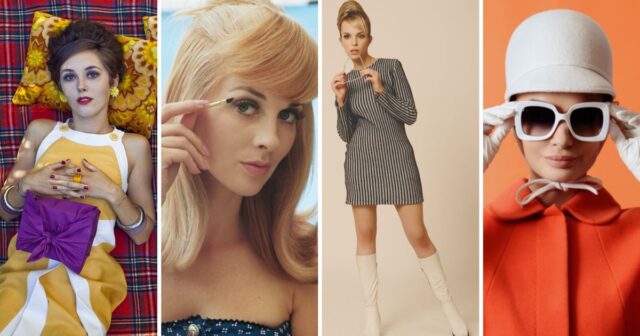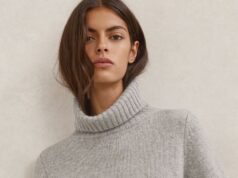The 1960s fashion scene marked a pivotal shift in style, music, and culture, embracing vibrant colors, whimsical designs, and bold styles. This era, defined by change and revolution, introduced a wave of rebellion and experimentation.
Women, in particular, challenged the status quo, seeking freedom from restrictive norms and embracing a new era of style that would leave a lasting impact on fashion. Contemporary shows like Mad Men and The Marvelous Mrs. Maisel revive the styles.
This move towards more expressive and liberated fashion choices represented a significant departure from the more conservative and structured styles of the 1950s, setting the stage for the transformative years of fashion that followed.
60s Fashion Overview
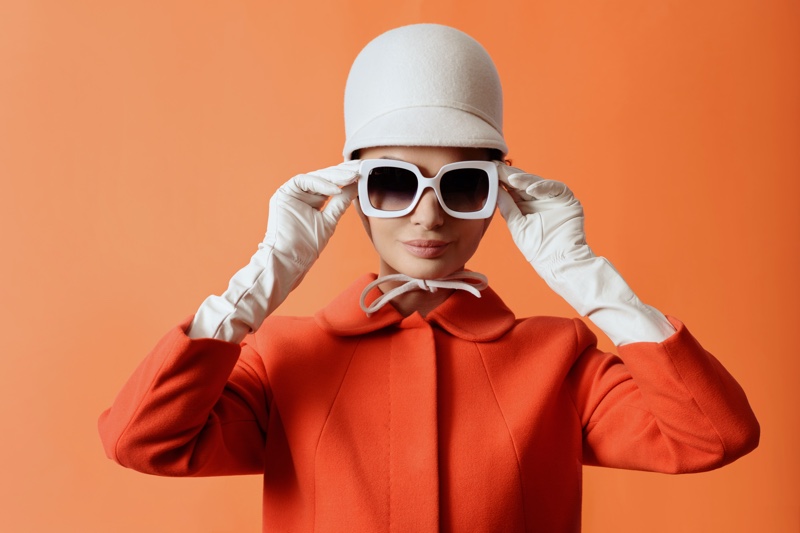
The decade began with a focus on classic shapes: A-line and pencil skirts were popular for their flattering lines, while high necklines and full sleeves were also seen on women’s figures.
However, by the end of the decade, these trends had waned somewhat and were replaced by more free-flowing shapes, such as bell bottoms and miniskirts.
These shifts in silhouette were accompanied by changes in materials. Synthetic fabrics like polyester, which had previously been seen only in utilitarian clothing like work uniforms, were favored by young designers on everything from dresses with bold prints to outerwear.
Mini Skirts
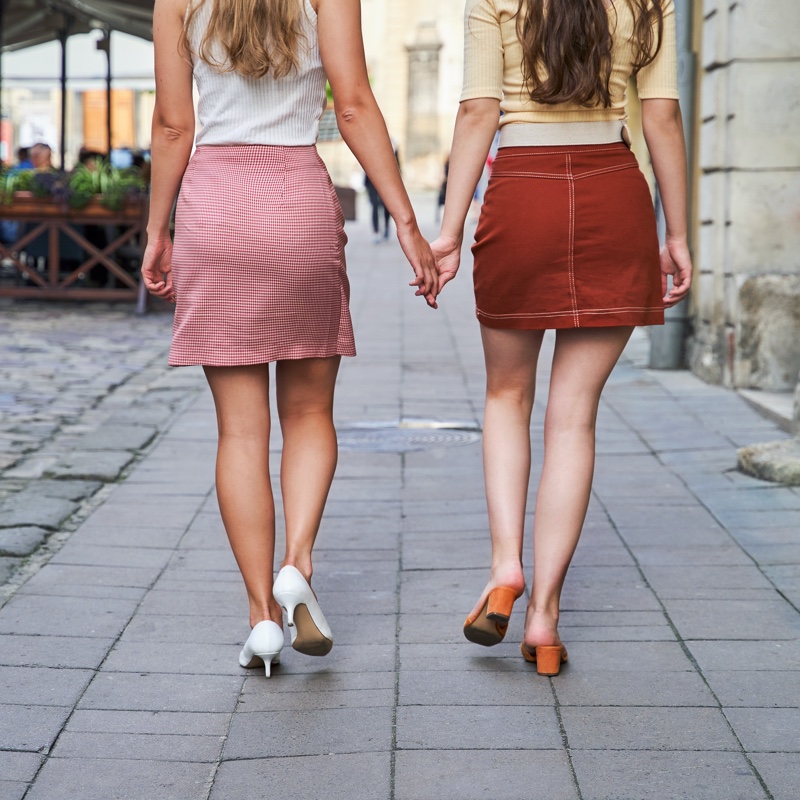
Mini skirts surged in popularity during the mid to late 1960s, with their origins debated but potentially tracing back to as early as 1960. Icons like Twiggy and Brigitte Bardot were early adopters, embodying the era’s spirit of sexual liberation and challenging traditional dress codes.
Designers Mary Quant and André Courrèges were instrumental in pushing the boundaries of skirt lengths, introducing even shorter variations that captured the zeitgeist. Quant, a British designer, also introduced hot pants, further solidifying her influence on fashion.
This trend quickly moved from the fringes to the mainstream, with prestigious houses like Christian Dior and Yves Saint Laurent incorporating mini skirts into their collections. Today, the mini skirt remains a versatile and enduring element of global fashion wardrobes.
Swimsuits
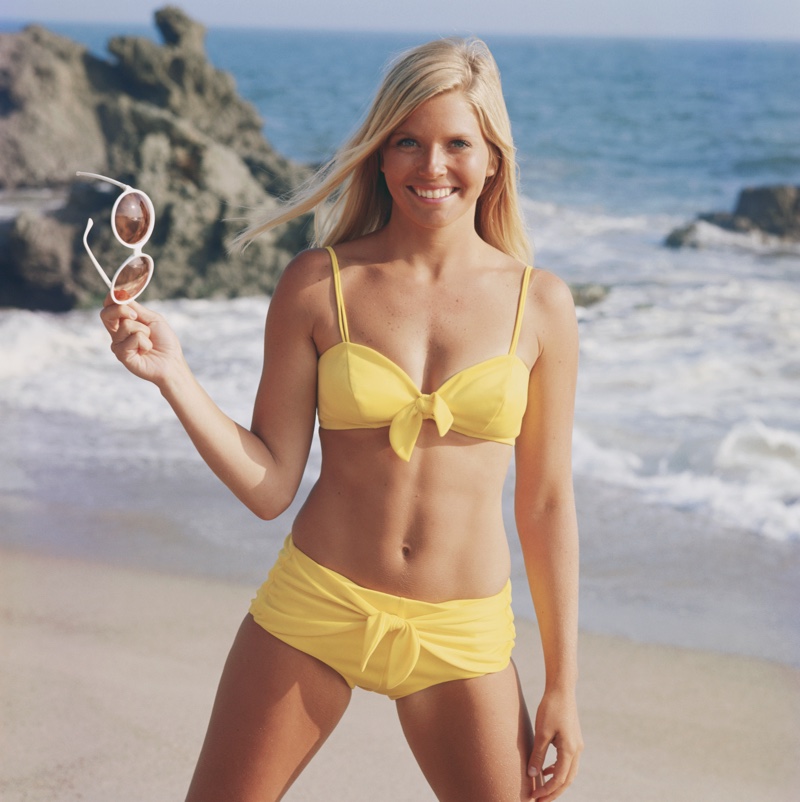
This decade also introduced a bold evolution in swimsuit design. Bikinis became increasingly popular, shedding fabric to meet the era’s appetite for freedom and expression.
High-waisted bottoms paired with structured tops defined early ’60s swimwear, offering a nod to the previous decade’s modesty while hinting at the liberation to come. By mid-decade, introducing materials like Lycra allowed for more form-fitting, sleek designs.
Iconic styles included the monokini, introduced by designer Rudi Gernreich, challenging traditional norms with its daring cutouts.
Shift Dress
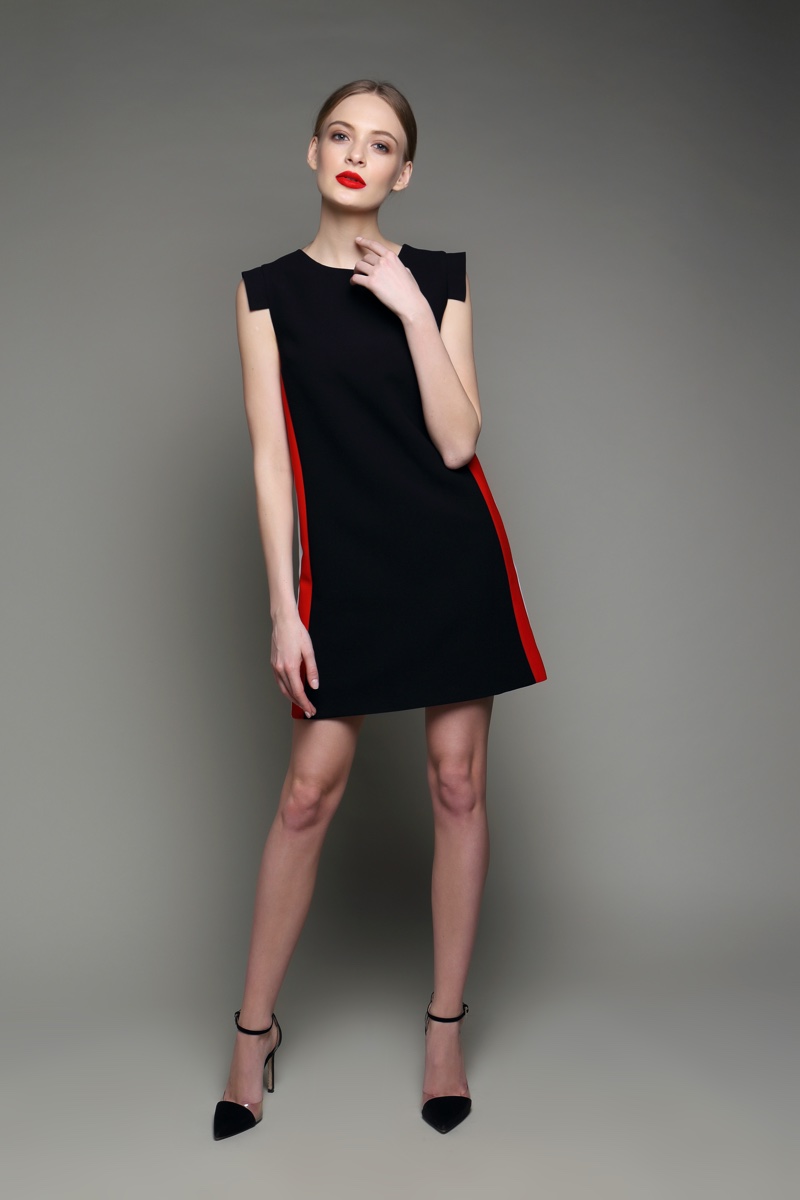
/ Shutterstock.com
The shift dress, originating in the 1920s, truly became a staple of 1960s fashion. This straightforward, often sleeveless garment hangs loosely from the shoulders, typically reaching knee-length, and lacks a defined waistline, making it universally flattering.
Constructed from materials like cotton, polyester, and occasionally silk or satin, its simplicity is its charm.
The shift dress’s rise to popularity in the ’60s can be attributed to several factors. Primarily, its simple design made it easy to produce.
Moreover, its versatility allowed for endless accessorizing options, including boots, jewelry, hats, and chain belts, enabling wearers to personalize their look easily.
Mod Fashion
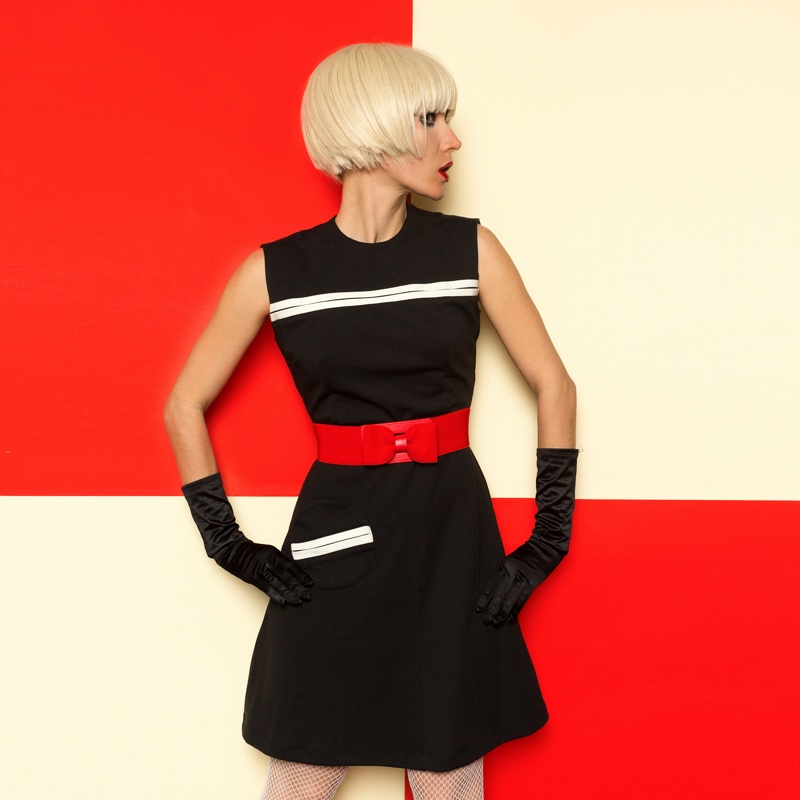
Mod fashion was a British movement for youth that emerged in the early 1960s. It drew inspiration from Italian and French styles, emphasizing simplified shapes, geometric dresses, bold colors, and a youthful flair.
The term mod stands for modernist, with the movement most notably flourishing on London’s Carnaby Street during the iconic swinging sixties.
For men, mod fashion featured slim-fitting suits or cardigans, complemented by skinny ties or scarves (often referred to as drape scarves), and narrow-legged trousers that tapered towards the shoes.
Women’s mod style paralleled men’s in its sharpness but often incorporated short skirts instead of pants. Overall, mod attire aimed to project youthfulness and nonchalance, embodying the carefree attitude and spirit of London.
Hippie Fashion
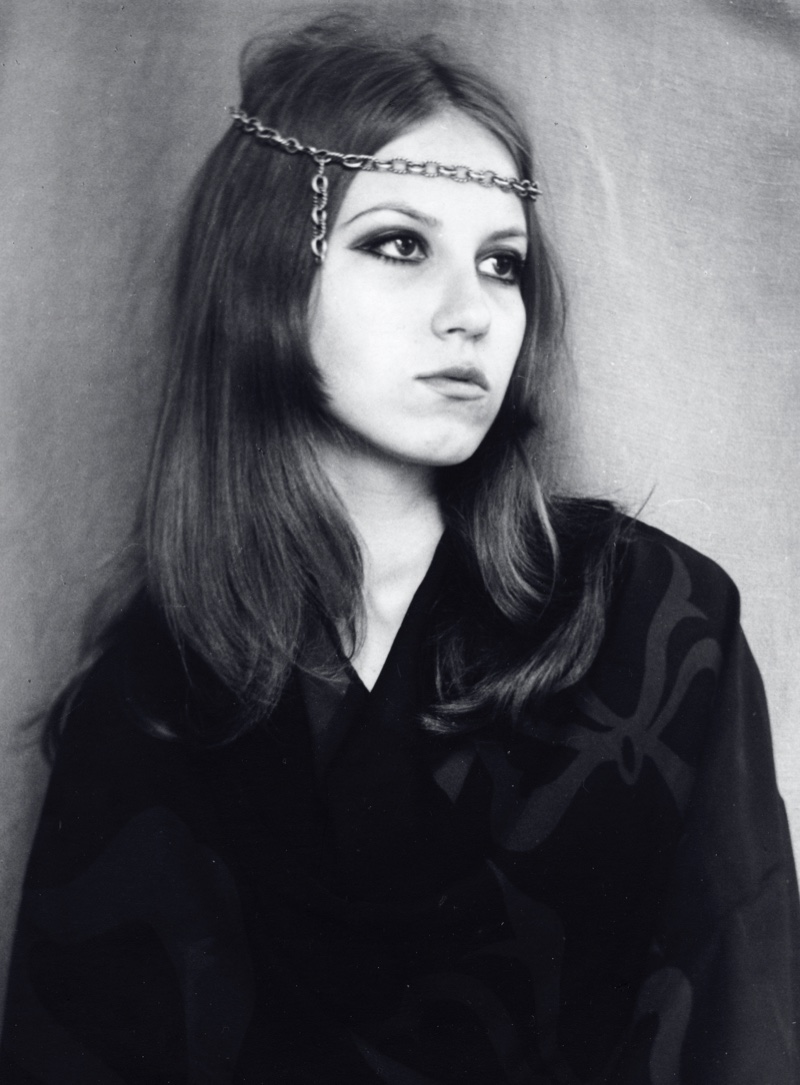
The hippie movement, a hallmark of 1960s counterculture, championed ideals of peace, love, and freedom, extending its influence to both women’s and fashion fashion.
Their wardrobe was a riot of colors and patterns, featuring tie-dye, patchwork, crochet, and vibrant designs that stood out. Prioritizing comfort and authenticity, hippies chose loose-fitting clothes crafted from natural materials like linen and cotton.
This eclectic fashion sense allowed for a wide range of expressions, from bohemian elegance to rock-inspired looks, each reflecting the individual’s unique style and the movement’s core values.
Fashion Icons
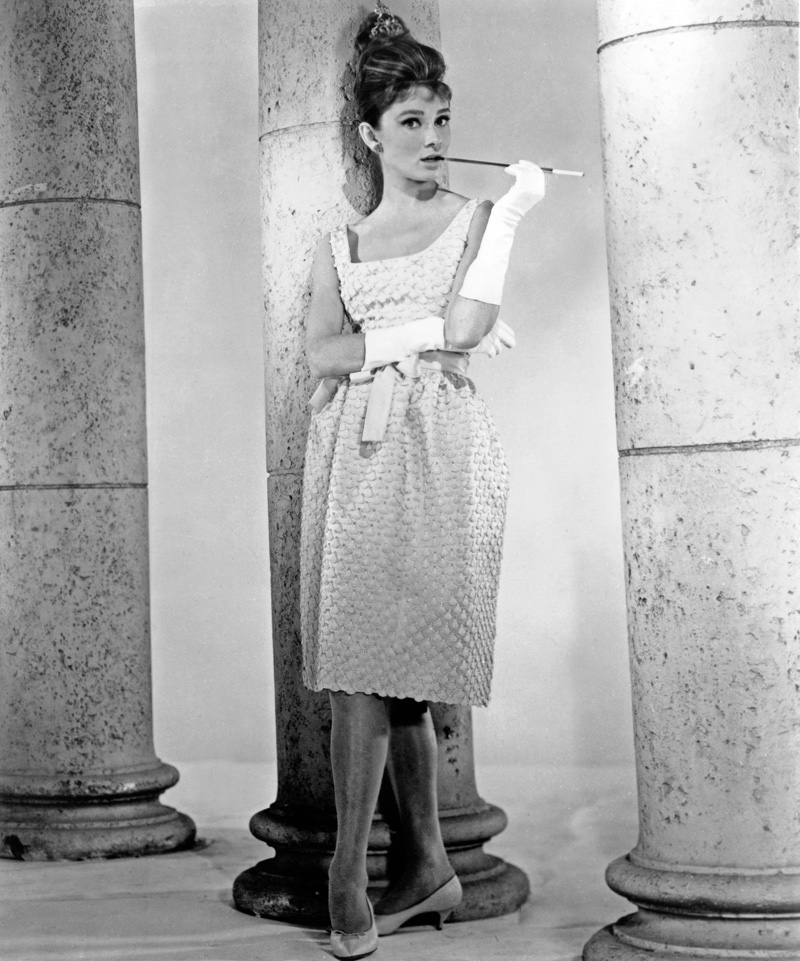
The era’s fashion scene was defined by icons like Audrey Hepburn, Diana Ross, and Jackie Kennedy, each bringing their unique style to the forefront.
As First Lady, Jackie Kennedy left a lasting impact on American fashion by reintroducing French elegance to the mainstream. Her style remains influential due to her love of skirt suits and evening gowns and her affinity for pastel hues.
Audrey Hepburn’s fashion was marked by its simplicity and sophistication. Favoring classic silhouettes, black and white palettes, and tasteful print combinations, Hepburn’s look was channeled by her frequent collaborations with designer Hubert de Givenchy, captivating audiences worldwide
Famous Designers
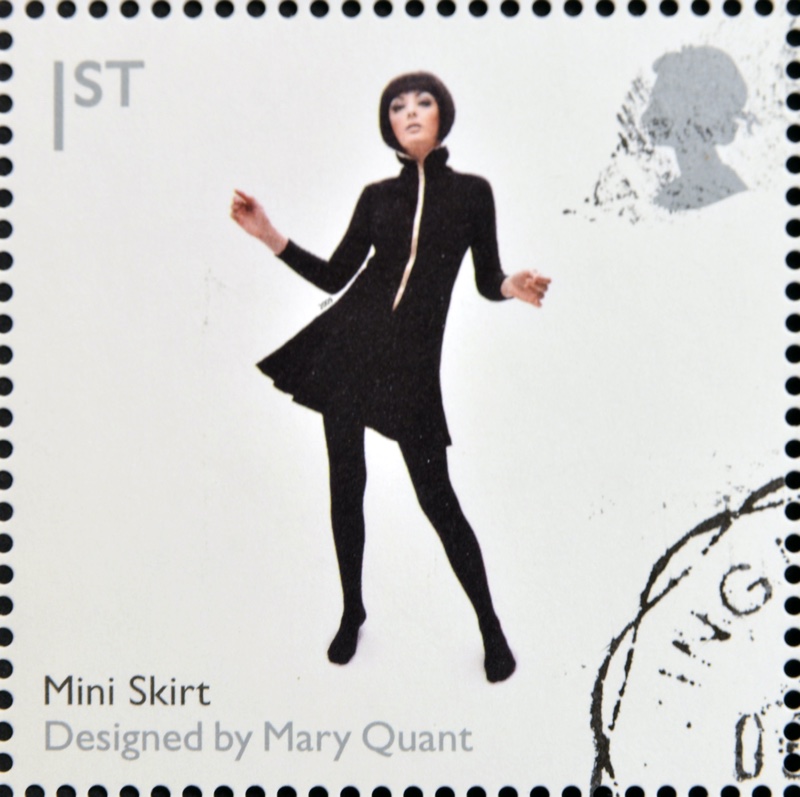
Exploring 1960s style requires understanding the era’s influential designers, who blended traditional and innovative ideas, significantly impacting future trends.
Key figures such as Paco Rabanne, Mary Quant, Emilio Pucci, Pierre Cardin, and Yves Saint Laurent dominated the scene. However, numerous lesser-known designers also played crucial roles in defining the decade’s aesthetic.
The 1960s marked a period of remarkable innovation in fashion, introducing more relaxed norms, like the acceptance of women wearing pants and the rise of casual wear, including jeans and streamlined silhouettes.
Additionally, the space age-inspired futuristic designs, exemplified by Paco Rabanne’s iconic metallic chainmail dresses, channel the era’s forward-thinking and experimental spirit.
Famous Models
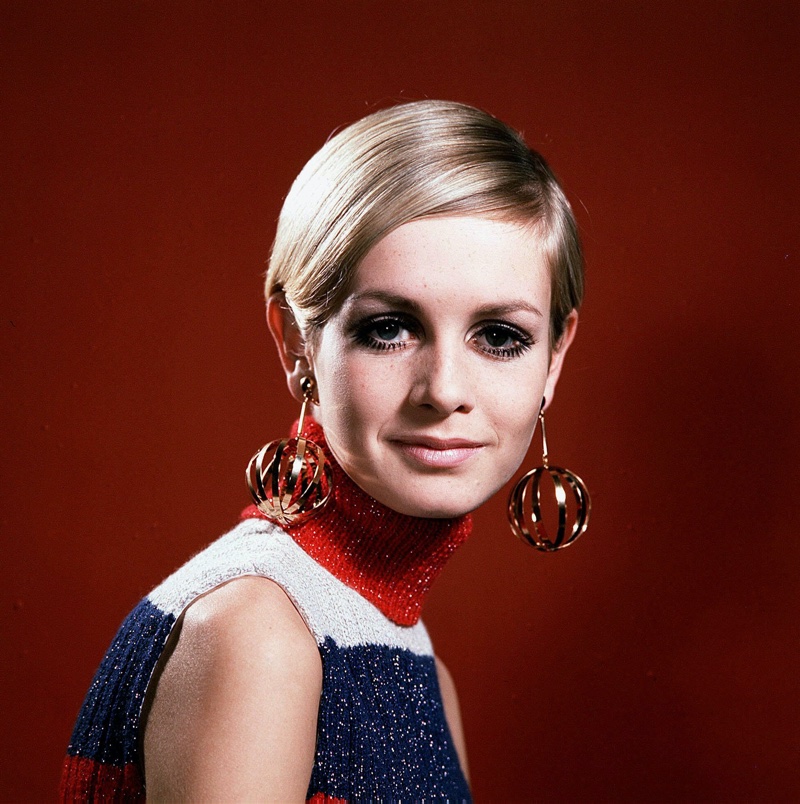
Iconic 1960s models like Veruschka, Twiggy, and Jean Shrimpton were the era’s superstars, pioneering the supermodel phenomenon. Jean Shrimpton, known for her collaborations with photographer David Bailey, graced the covers of Vogue and Harper’s Bazaar and played a pivotal role in popularizing the mini skirt.
Twiggy, recognized for her short hair, slender frame, and striking eyes, epitomized 1960s fashion and redefined standards as one of the era’s most celebrated short models at 5’6″.
Veruschka, hailing from Germany, became a sensation and starred in some of the world’s most famous fashion images. She was featured prominently on Vogue covers across the US, Italy, France, and the UK, marking her as a global fashion icon of the decade.
Accessories
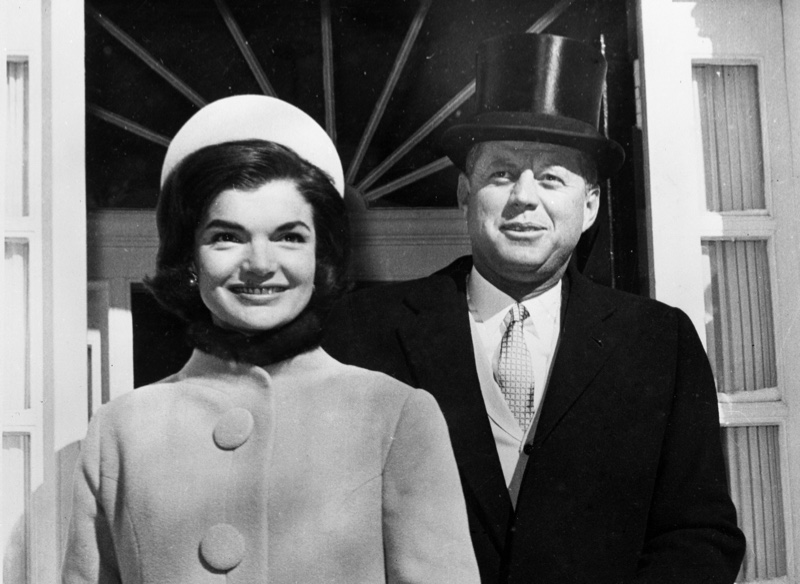
Pillbox Hats: These brimless, often tilted hats gained fame through Jacqueline Kennedy. They became a formalwear staple made from materials like wool and silk.
Gloves: Essential for 60s attire, gloves ranged from short for daytime to elbow-length for evenings, enhancing outfits with sophistication across various colors and materials.
Mod Eyewear: The era embraced oversized sunglasses and geometric frames, symbolizing mod culture with bold designs and colorful, thick rims.
Chunky Jewelry: Statement pieces like large pendants and oversized earrings were on trend. Crafted from both metals and synthetics, they showcased the decade’s flair for bold accessories.
Scarves: A versatile accessory, scarves were worn in the hair, around the neck, or on purses. Brands like Emilio Pucci made luxurious silk fabric and vibrant, patterned designs.
Beauty
Hair
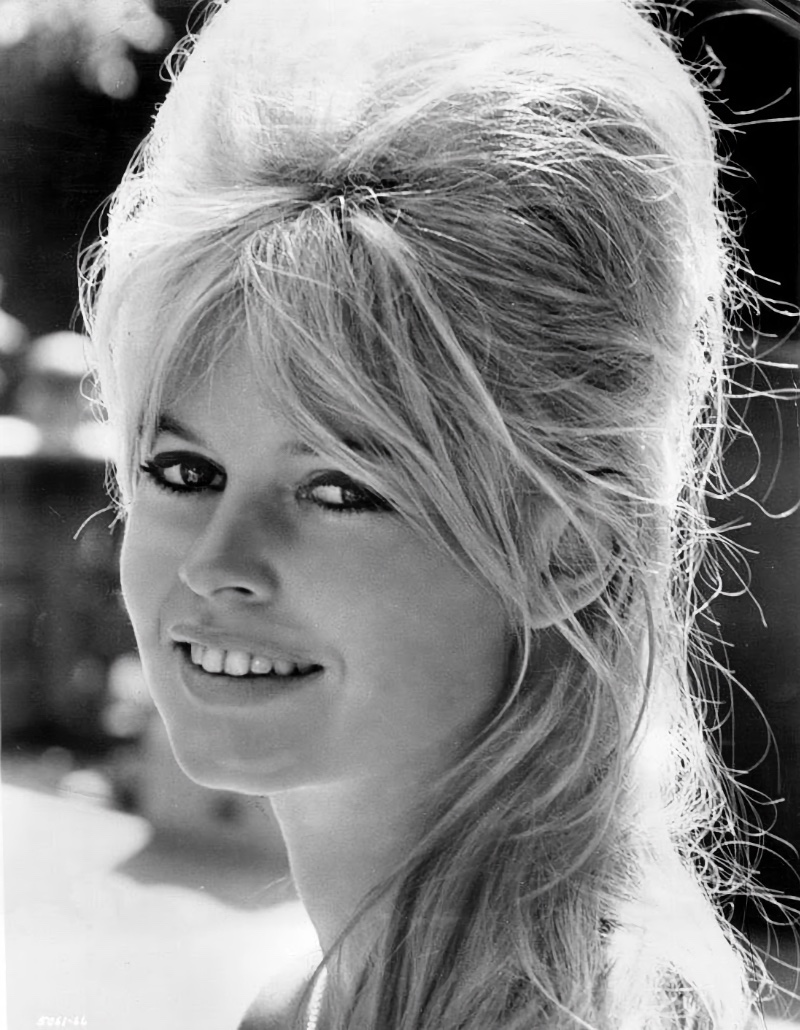
The 1960s hair scene was a dynamic blend of volume, sleekness, and rebellion. Early on, the glamorous bouffant dominated, giving way to the mod era’s geometric cuts and the pixie style, popularized by figures like Mia Farrow in the film Rosemary’s Baby.
Towards the decade’s end, the hippie movement embraced long, natural tresses like Jane Birkin’s signature bangs, reflecting a shift towards freedom and individuality.
Makeup
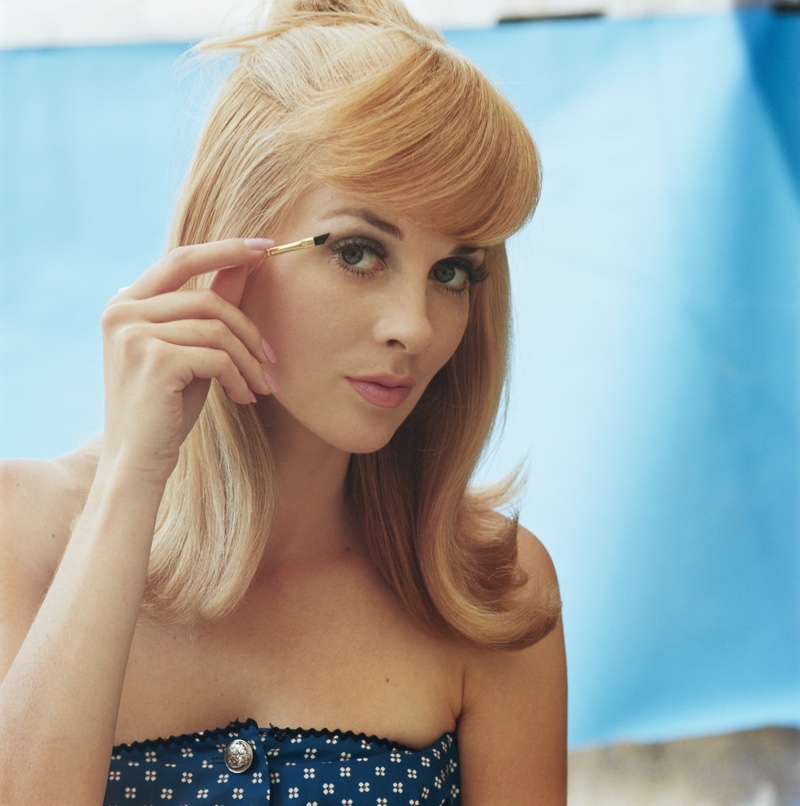
Makeup during the era focused on bold, dramatic eyes with thick eyeliner, heavy eye shadow, and false eyelashes crafting the signature cat eye.
The face was kept pale and matte, allowing the eyes to stand out, while lips were often nude or soft pink, ensuring the dramatic eyes remained the centerpiece. The mod influence introduced futuristic touches like white or pale lipstick.
Shoes
Go Go Boots
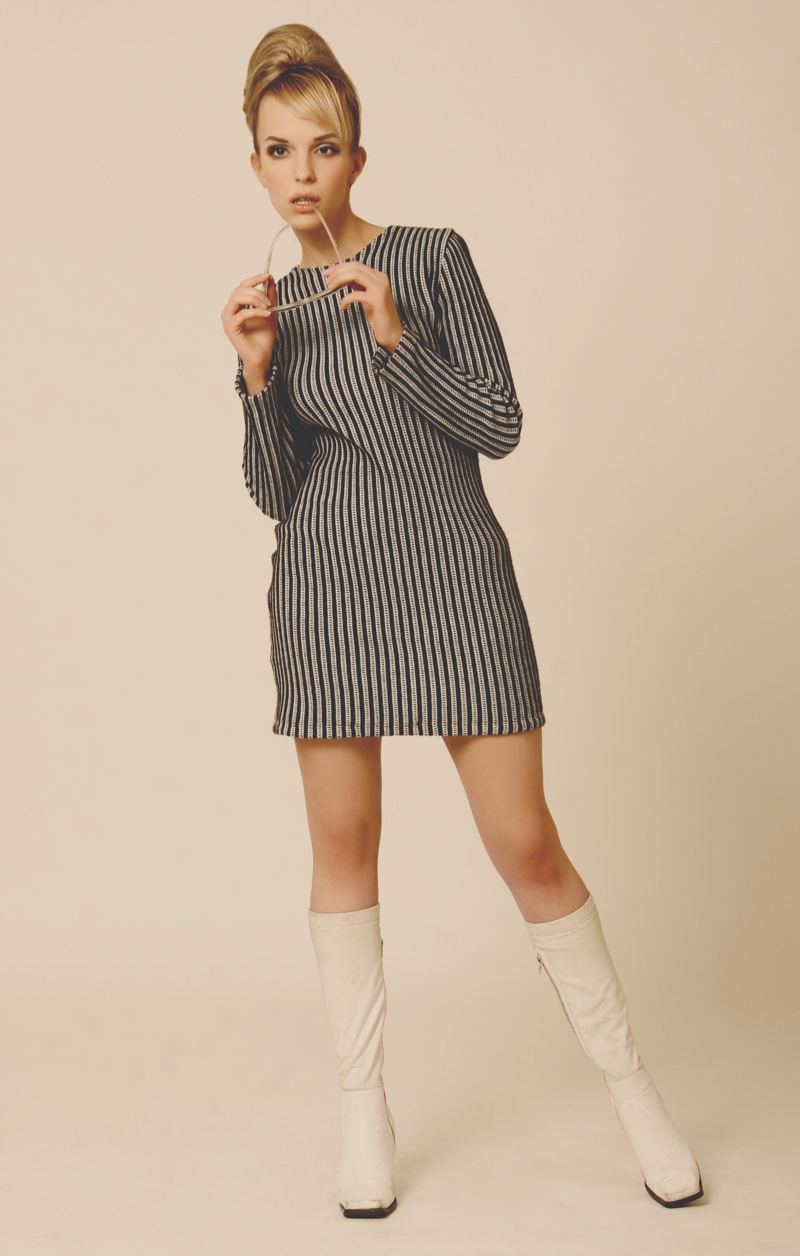
Emblematic of the 60s mod fashion, Go Go boots are knee-high, often made of white patent leather, and feature a low heel. These boots became a fashion staple for young women, symbolizing freedom and rebellion.
Go Go boots accentuated the era’s daring hemlines and vibrant fashion landscape, making a bold statement on the dance floor and beyond.
Mary Jane Shoes
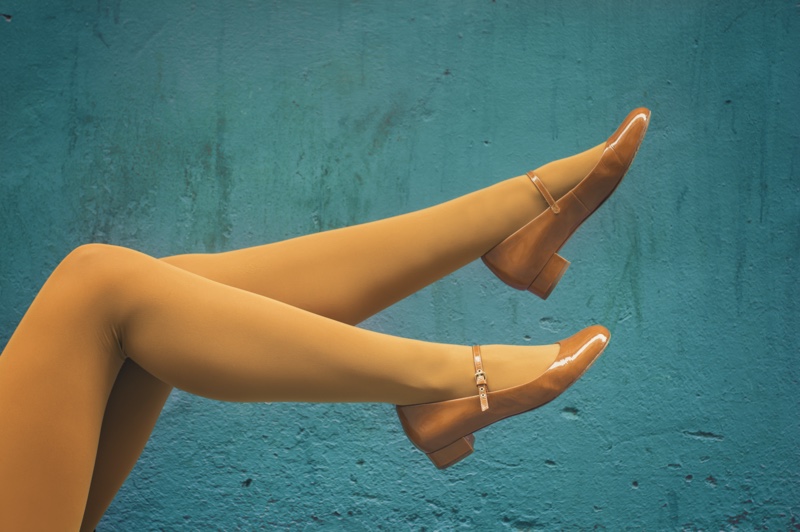
The Mary Jane features a low-cut front, rounded toe, and a singular, buckle-fastened strap across the instep. Popular among women of all ages, this style embodied the era’s youthful spirit.
Mary Janes were versatile, worn with everything from mini skirts to shift dresses, and available in various materials and colors to match any outfit.
Ballet Flats
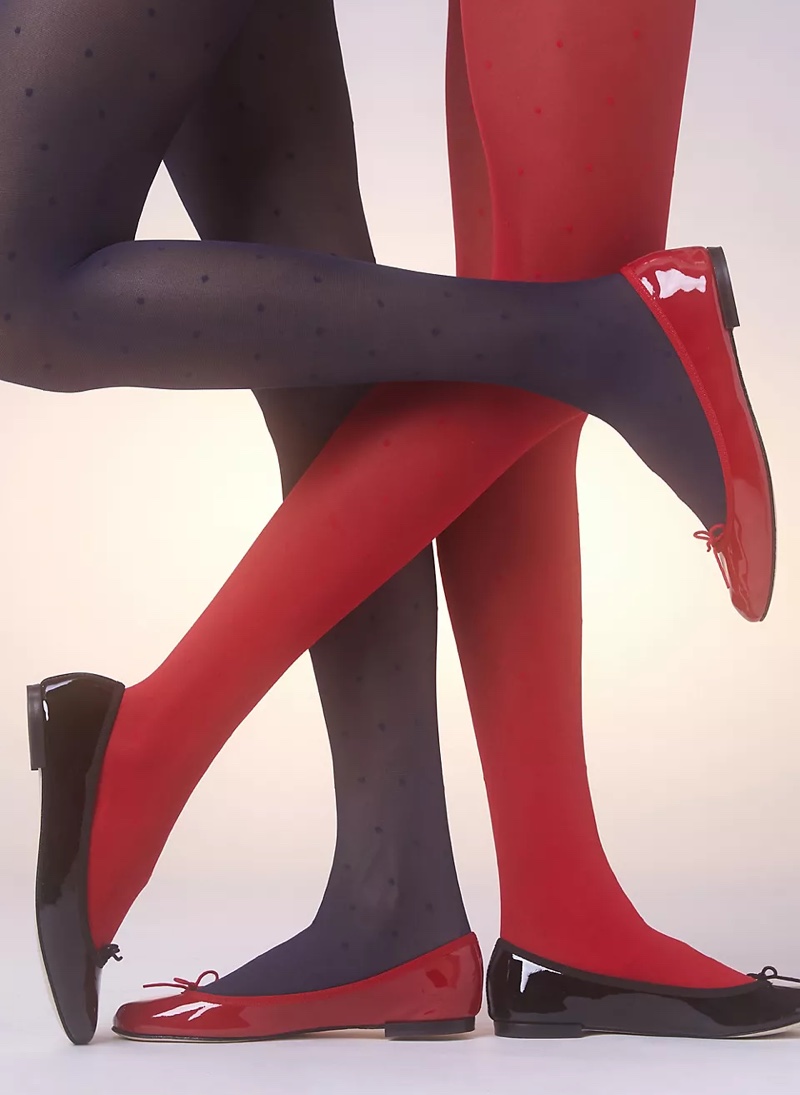
Inspired by the classic dancer’s shoe, ballet flats became the epitome of chic, understated elegance in the decade. Characterized by their round toe and minimalistic design, they offered a comfortable yet fashionable alternative to heels.
Favored by style icons like Audrey Hepburn, ballet flats were perfect for both casual and formal wear.
Celebrating the Swinging Sixties
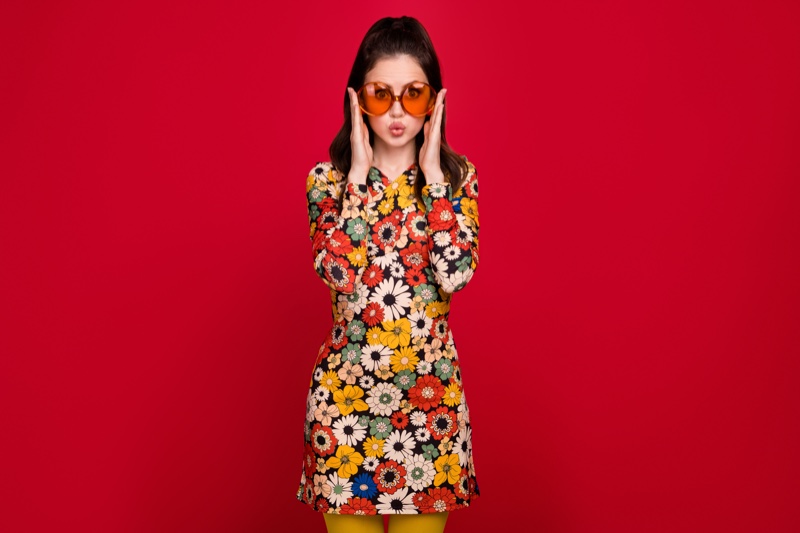
Trends often come full circle, with elements of 60s fashion frequently resurfacing in contemporary styles. Inspired by pop art, the era’s penchant for color blocking remains a timeless trend, while the distinctive chainmail dress has enjoyed a revival.
Over the past 60 years, women’s fashion has evolved significantly, yet the influence of the decade persists in today’s fashion landscape, and paved the way for 1970s style.
The 1960s stand out as an endlessly influential fashion era, celebrated for its groundbreaking styles, from mod dresses and mini skirts to hippie blouses. This period’s unique and iconic outfits continue to inspire designers and fashion lovers alike.

